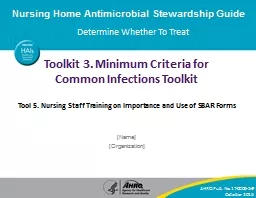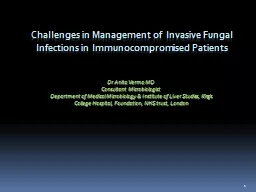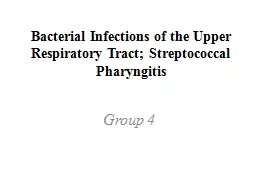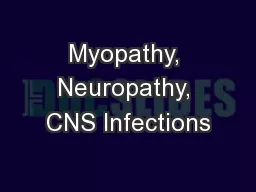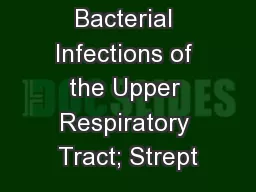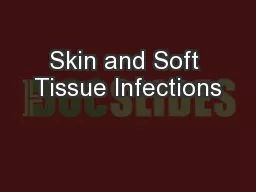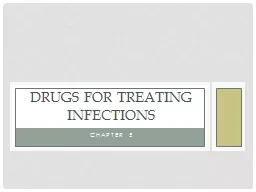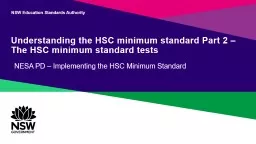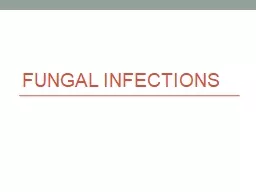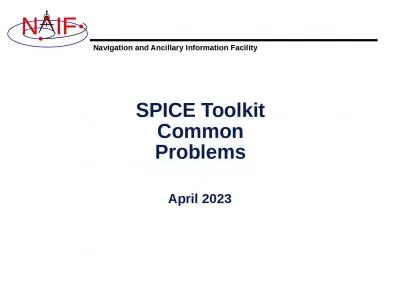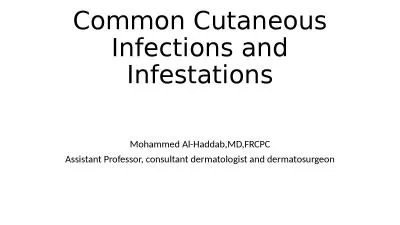PPT-Toolkit 3. Minimum Criteria for Common Infections Toolkit
Author : myesha-ticknor | Published Date : 2019-02-20
Name Organization AHRQ Pub No 1700065EF October 2016 Tool 5 Nursing Staff Training on Importance and Use of SBAR Forms Nursing Home Antimicrobial Stewardship Guide
Presentation Embed Code
Download Presentation
Download Presentation The PPT/PDF document "Toolkit 3. Minimum Criteria for Common ..." is the property of its rightful owner. Permission is granted to download and print the materials on this website for personal, non-commercial use only, and to display it on your personal computer provided you do not modify the materials and that you retain all copyright notices contained in the materials. By downloading content from our website, you accept the terms of this agreement.
Toolkit 3. Minimum Criteria for Common Infections Toolkit: Transcript
Download Rules Of Document
"Toolkit 3. Minimum Criteria for Common Infections Toolkit"The content belongs to its owner. You may download and print it for personal use, without modification, and keep all copyright notices. By downloading, you agree to these terms.
Related Documents

